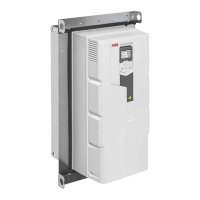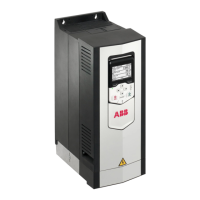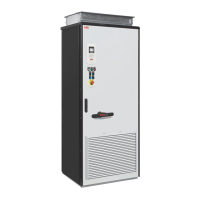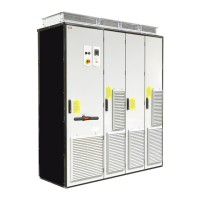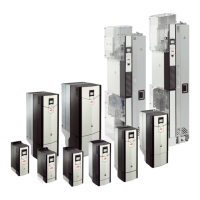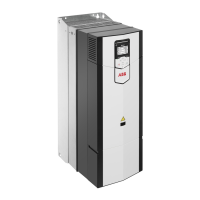Terms and abbreviations
DescriptionTerm
Classification of the safety-related parts of a control system in respect of their resistance
to faults and their subsequent behavior in the fault condition, and which is achieved
by the structural arrangement of the parts, fault detection and/or by their reliability.
The categories are: B, 1, 2, 3 and 4. (EN ISO 13849-1)
Cat.
Common cause failure (%) (EN ISO 13849-1)CCF
Frame size designation of the diode supply moduleD8T
Diagnostic coverage (EN ISO 13849-1)DC
Digital input interlockDIIL
Emergency stopE-stop
Physical size of the drive or power moduleFrame, frame size
Optional pulse encoder interface module for safety encoderFSE-31
Optional functional safety modulesFSO-12, FSO-21
Hardware fault tolerance (IEC 61508)HFT
Insulated gate bipolar transistorIGBT
Inverter module(s) under control of one control unit, and related components. One
inverter unit typically controls one motor.
Inverter unit
No modulationmodoff
Normally closedNC
Performance level. Levels a...e correspond to SIL (EN ISO 13849-1)PL
Prevention of unexpected start-upPOUS
Safe acceleration rangeSAR
Safe brake controlSBC
Systematic capability (IEC 61508)SC
Safety integrity level (1...3) (IEC 61508)SIL
Maximum SIL (level 1...3) that can be claimed for a safety function or subsystem
(IEC/EN 62061)
SILCL
Safely-limited speedSLS
Safe stop 1 (IEC/EN 61800-5-2)SS1
Safe stop emergencySSE
Safe torque off (IEC/EN 61800-5-2)STO
There are three categories of stop functions defined by IEC/EN 60204-1:
• stop category 0: an uncontrolled stop where power to the machine actuators is re-
moved immediately (for example, STO)
• stop category 1: a controlled stop where the machine actuators have power for
stopping, after which the power is removed (SS1)
• stop category 2: a controlled stop where the machine actuators continue to have
power (SS2).
Stop category
Supply module(s) under control of one control unit, and related components.Supply unit
Proof test interval. Defines the probabilistic failure rate (PFH or PFD
avg
) for the safety
function or subsystem. Performing a proof test at a maximum interval of T
1
is required
to keep the SIL capability valid. The same interval must be followed to keep the PL
capability (EN ISO 13849) valid. Note that any T
1
values given cannot be regarded
as a guarantee or warranty.
T
1
Test pulseTP
16 Introduction to the manual
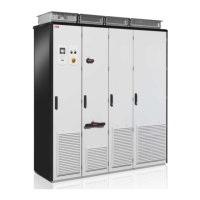
